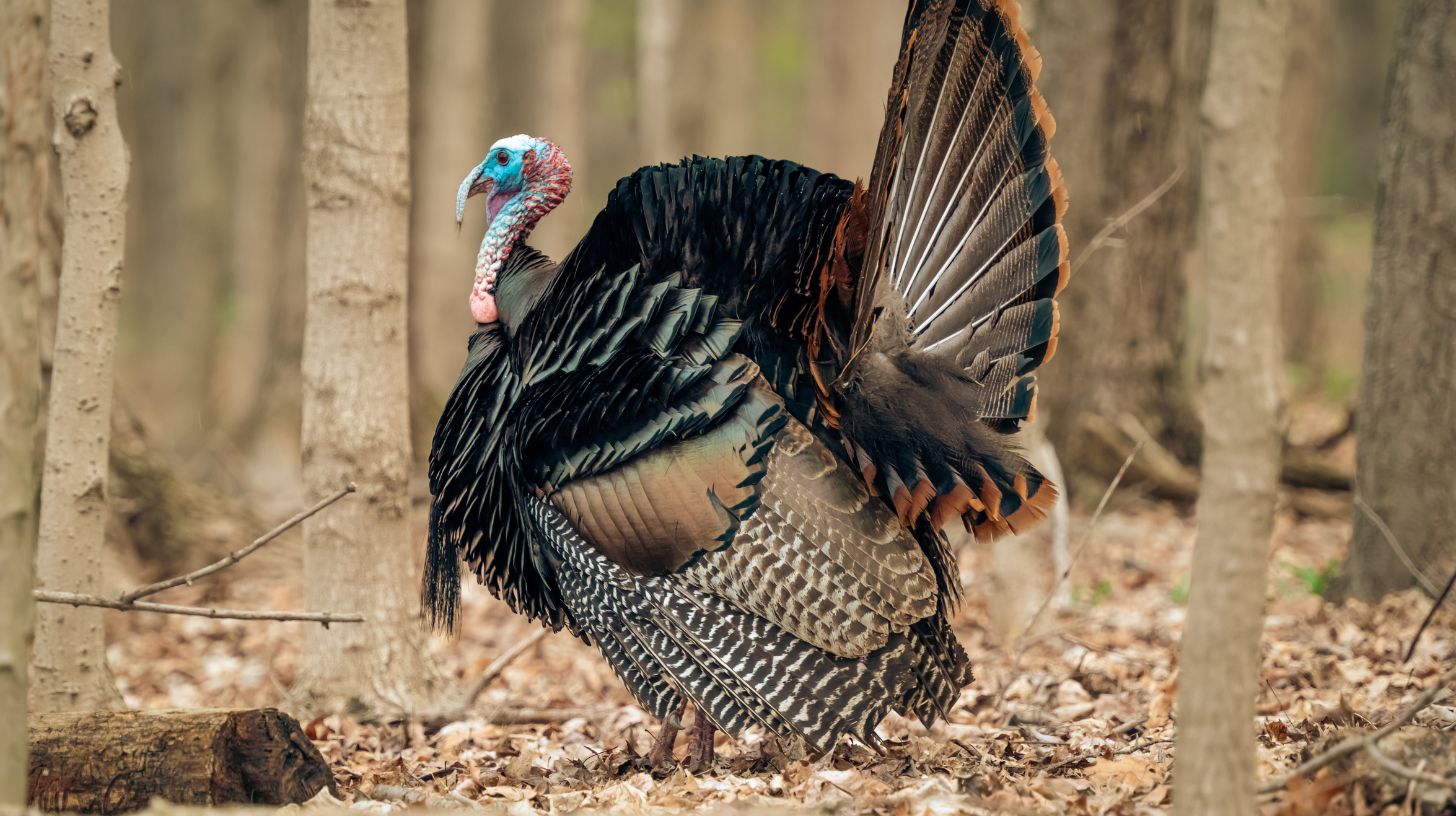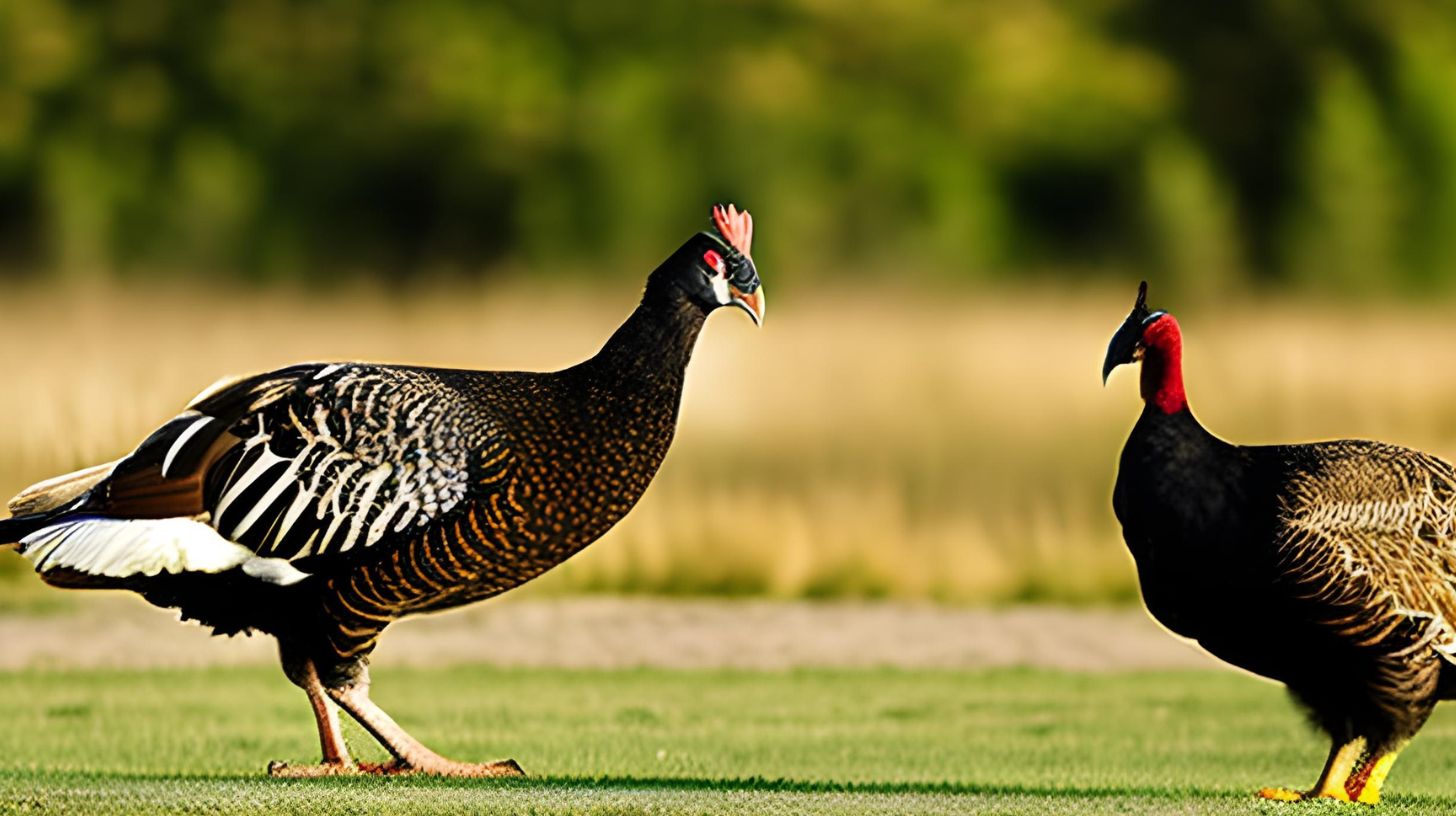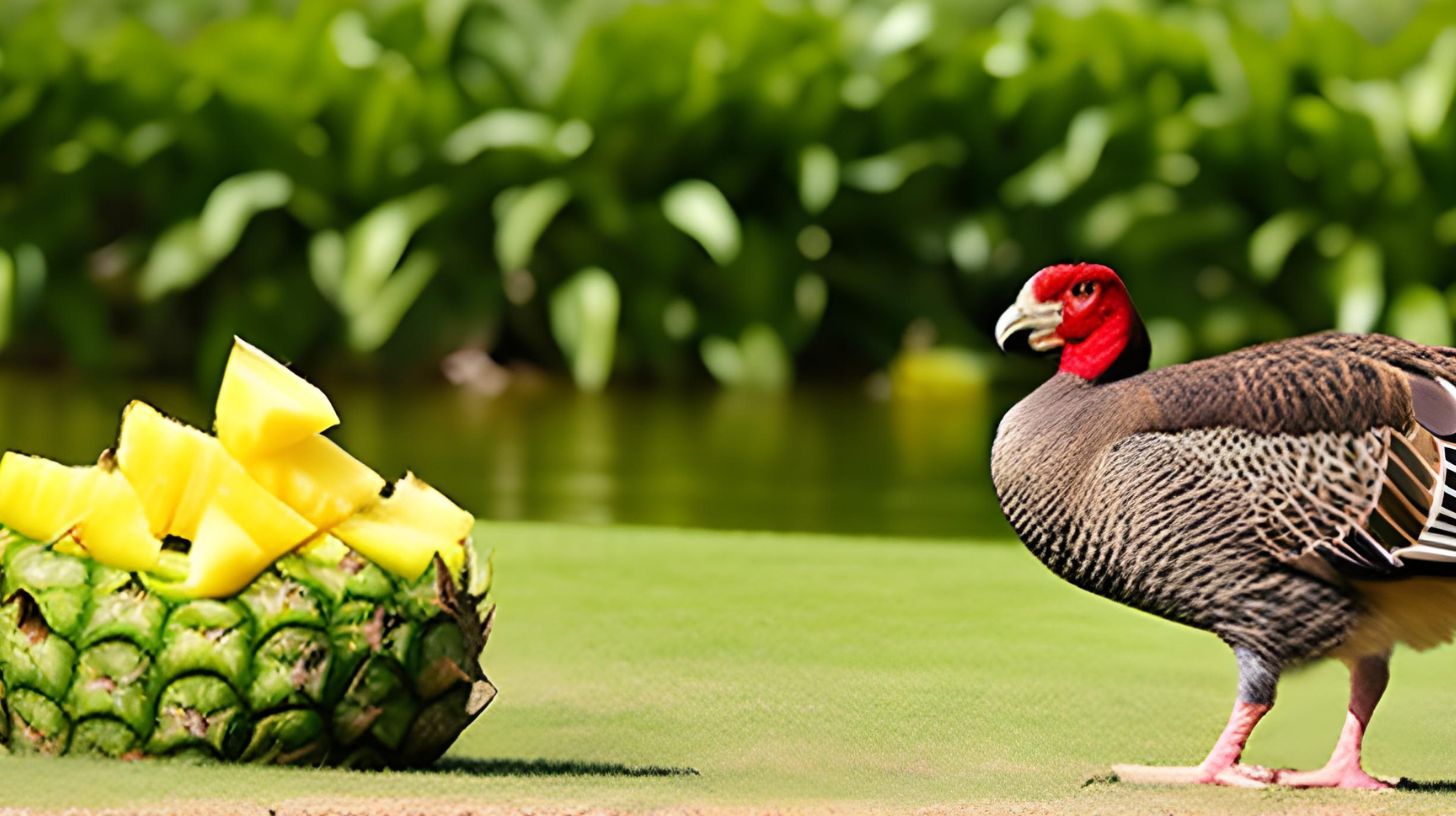Do Turkeys Eat Snakes? Fact You Must Known

Table of content:
Turkeys and snakes inhabit overlapping environments across North America. But do these iconic animals ever cross paths in the food chain? As medium-sized birds, turkeys don’t usually prey on snakes. And most snakes don’t view adult turkeys as potential prey either. However, these two species do interact in nature in a few nuanced ways.
Turkey’s Diet – Herbivore or Omnivore?
Wild turkeys (Meleagris gallopavo) are large, ground-dwelling birds native to North America. They have a varied diet consisting mainly of plant matter. Turkeys fill an ecological niche as consumers of seeds, nuts, berries, leaves, and insects. Their strong beaks are adapted for cracking hard shells and digging up vegetation.
Turkeys spend much of their day foraging on the forest floor for plant foods. With their scratching feet and downward-tilting bills, they can uncover tubers and other buried edible items. Their diet changes seasonally based on food availability.
So does this make them herbivores or omnivores? Turkeys are classified as omnivores, meaning they eat both plant and animal matter. However, the majority of their diet is vegetarian.
The animal portion consists mainly of invertebrates like insects, worms, spiders, centipedes and snails. Turkeys will also sometimes eat small amphibians like frogs and salamanders. But vertebrate meat makes up a very small fraction of their total food intake.
Why Don’t Turkeys Eat Snakes?
Adult turkeys are too large to be a source of prey for most snakes. And turkeys do not have adaptations like sharp talons and hooked beaks that make birds effective predators. Turkeys use their strong beaks mainly for foraging on the ground and cracking hard nuts and seeds.
Without sharp tearing implements, turkeys can’t easily kill, dismantle and consume large prey like snakes. Snakes also pose a choking hazard to birds due to their skeletons and scaly skin. The turkey’s diet is not well-suited for digesting entire animals.
So while turkeys may ingest small amounts of incidental vertebrate protein, they lack the tools and instincts for actively hunting snakes and other large prey. Snakes are more likely to end up as predators than as prey in interactions with adult turkeys.
Snake Predation on Turkey Eggs
Snakes sometimes feed on the eggs and young of ground-nesting birds, including wild turkeys. Some snake species are accomplished climbers that raid bird nests. The rat snake is an expert climber that feeds on bird eggs. King snakes and milk snakes also prey on nestling birds and eggs.
Mother turkeys build well-concealed ground nests and incubate the eggs for 4 weeks. But snake predators can still locate the nests by smell and raid them when the hen turkey is away. Since wild turkeys nest on the ground, their eggs are vulnerable to more predators than arboreal bird species.
Once hatched, young turkey chicks or “poults” follow their mother who broods and protects them. But poults sometimes fall prey to snakes and other opportunistic predators during the first few weeks until they grow stronger and quicker. However, wild turkeys have high reproductive rates to compensate for nest losses.
Could Turkeys Scavenge Snake Carcasses?
Most documented cases of turkeys feeding on reptiles involve scavenging rather than active hunting. If a turkey happens upon a dead and decaying snake, it may pick at and ingest some of the decomposed flesh.
As opportunistic omnivores, turkeys won’t pass up an easy protein source. Theoretically, a group of turkeys could also kill an injured snake through their aggressive pecking. But solo turkeys do not confront healthy snakes to purposefully prey on them.
Interestingly, turkey vultures share an overlap in habitat with wild turkeys. The vultures fill the crucial niche of scavenging and cleansing the landscape of reptile carcasses. But turkeys lack the adaptations like sharp beaks and acid-resistant digestive systems possessed by true scavenger species.
Exceptions – Captivity and Imprinting
Unusual cases of turkeys preying on live snakes mostly come from captive or imprinted birds. Turkeys raised in unnatural groupings sometimes attack garter snakes and similar species. Chicks imprinted on human caretakers can also show atypical aggression toward snakes.
In these cases, the turkeys likely view the unfamiliar snakes as threats. Confined housing means they can’t escape confrontation using their normal wary instincts. Turkeys kept as pets or livestock may be fed snakes or rodents to supplement a high-protein diet.
But most wildlife experts agree these incidents are abnormal behaviors outside the turkey’s native behavioral patterns. In the wild, turkeys are opportunistic and defensive, not actively predacious. Their digestive systems aren’t adapted to break down and glean nutrients from whole animal prey.
Do Snakes Avoid Turkey Predation?
Snakes are carnivorous predators that consume small mammals, birds, eggs, amphibians, insects, and other reptiles. Do snakes view turkeys as easy prey? Or do they tend to avoid tangling with these large ground birds?
Several factors likely discourage most snakes from preying on adult turkeys. For starters, wild turkeys are sizable birds, with mature hens averaging around 10 pounds and males over 20 pounds. Even a large snake would have difficulty consuming an adult.
Turkeys also have strong legs with sharp talons for scratching, digging, and defense. While not as dangerous as a hawk or eagle’s grasping talons, a turkey could still inflict injury on an attacking snake. Turkeys run up to 25 mph and can fly short distances to evade predators.
Lastly, turkeys have sharp eyesight from their perch on high. They frequently bob their heads for enhanced depth perception. This allows turkeys to notice camouflaged motionless snakes. Overall, snakes don’t gain enough caloric reward from turkeys to make them worthwhile prey.
Shared Habitats and Indirect Interactions
Although they don’t normally prey on each other, turkeys and snakes still impact one another through indirect food web interactions. Both turkey chicks and juvenile snakes fall prey to opportunistic predators like foxes, coyotes, raccoons, hawks, and owls.
Turkeys and snakes also both consume protein-rich invertebrates and compete as insect predators. Droughts, fires, and habitat loss that impact reptile populations may also affect wild turkey survival and reproduction. Their habitats are interlinked even if turkeys and snakes don’t directly dine on each other.
So while turkeys may not feast on serpents, nature has indirect ways of weaving these iconic American species into shared ecosystems. Through indirect competition and overlapping food resources, the question “Do turkeys eat snakes?” has ripple effects throughout North America’s intricate food webs.
Welcome. I’m Adreena Shanum, the proud owner of this website, and I am incredibly passionate about animals, especially poultry. I founded adreenapets.com as a labor of love, stemming from my desire to share my knowledge and experiences with poultry enthusiasts worldwide.




